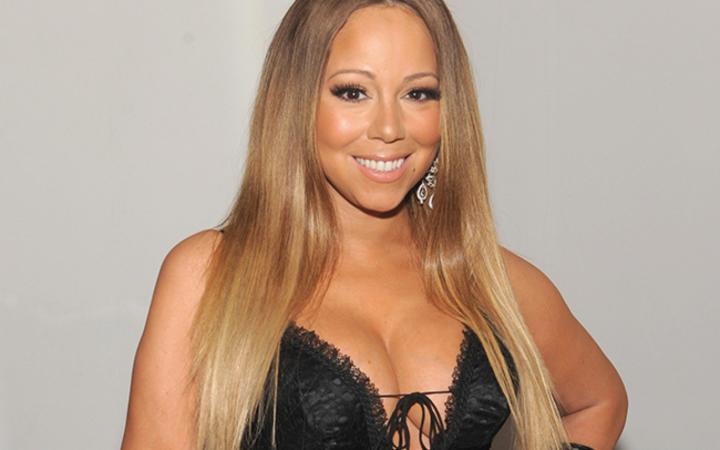Recognized as one of the bestselling female musical artists of all time, her five-octave vocal range and signature whistle register have ranked Mariah Carey as one of the industry’s living greats. Vulnerable songwriting that tells gutwrenching stories of love and loss set her apart from her peers, with the ability to touch even the most stone-cold. Among her accolades are 5 Grammys and 12 Guinness World Records, and she only continues to prove her stamina.
Born in Huntington, New York, Carey is of Irish, Venezuelan, and African-American descent. She’s often spoken to the qualms of her biracial identity and how it left her feeling isolated from social groups. Raised in an all-white neighborhood, she reflects on not being considered white enough to fit in with those around her, “but not Black enough to scare people into not saying stuff around me.” Ahead is everything we know on Carey’s racial identity and upbringing.
Who is Mariah Carey’s Mother?
Carey’s vocal ability did not exactly come as a surprise. Her mother, Patricia Hickey, worked as an opera singer and vocal coach of Irish descent. Race was a heavy conversation in their household, as Hickey’s family disowned her for marrying a black man.This prevented the Carey family from integrating into their community and they experienced a lot of violent and racially motivated acts, like their neighbors poisoning the family dog and setting fire to their car. As a single mom, Hickey worked many jobs at once in order to support her family, which led to Carey spending a lot of her upbringing alone.
Who is Mariah Carey’s Father?
Carey’s father, Alfred Roy Carey, is of African-American and Afro-Venezuelan descent. He worked as an aeronautical engineer, though he did not play much of a role in Carey’s life following his divorce from her mother when she was only three. While her older sister Alison moved in with their father, Carey and her elder brother Morgan chose to stay at home with their mother.
Mariah Carey on Being Mixed
Growing up in New York under the influence of so many subcultures, it only makes sense that she is behind such an eclectic catalog of music. However, there was a lot of racial disparity behind the scenes.
Not overriding the privilege that she’s had as a lighter-skinned woman, Carey also notes the uphill battle of being a white-passing Black woman making a name for herself in a segregated world of white pop charts and Black R&B charts.
At the mercy of many slurs and insults, from attending predominately white schools to navigating an unforgiving industry, she’s often sung about her search for identity. The lyrics to a ballad named “Outside” sing: “Inherently it’s just always been strange / Neither here nor there / Always somewhat out of place everywhere / Ambiguous / Without a sense of belonging to touch / Somewhere halfway / Feeling there’s no one completely the same.” This song was written as a testament to the struggle of growing up mixed in the 70s, as multiracial children were not very common due to interracial marriage still being illegal only a few years prior. However, the song was intentionally written to have a more universal message of not fitting in that can relate to race, gender, LGBTQ, handicapped communities, and beyond.
Mariah Carey Prevails
Ultimately, the strife Carey confronted as a burgeoning artist only deepened her musical palette, and success certainly never strayed. By the end of the 1990s, Billboard ranked Carey as the most successful artist of the decade in the United States. Currently dubbed the “Queen of Christmas,” her 1994 song “All I Want for Christmas Is You” is the best-selling holiday song by a female artist.
The most impactful way to heal from your past is to make an effort towards breaking the cycles, which is exactly what Carey is doing with her twin children, Moroccan and Monroe. “They have stability,” she shares in an interview with Vulture. “That’s what I didn’t have. They understand that they are Black. They have a whole lot of self-esteem and self-worth that I never had.”

